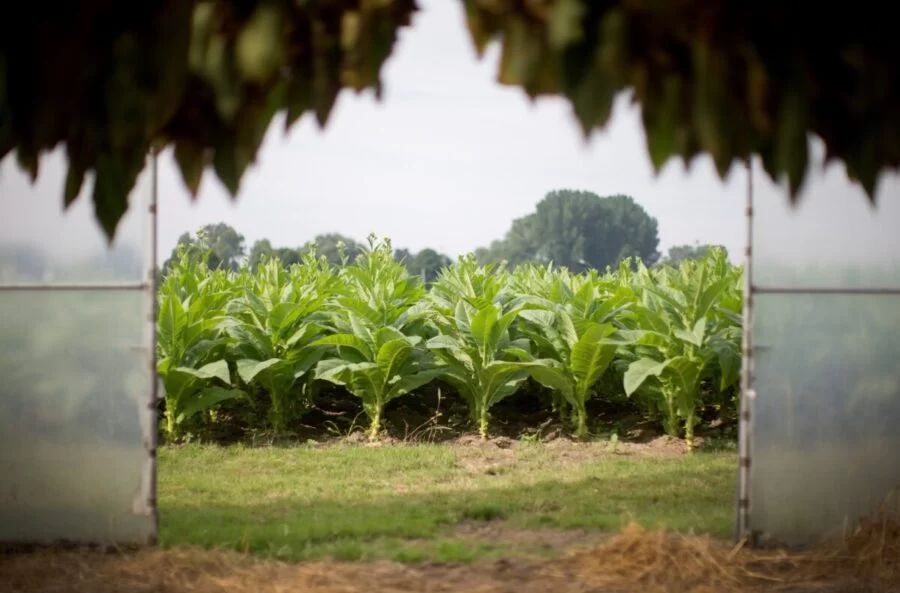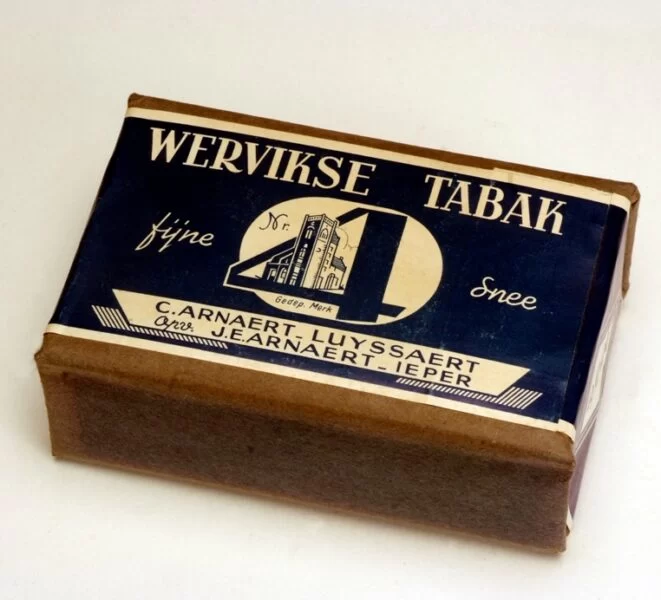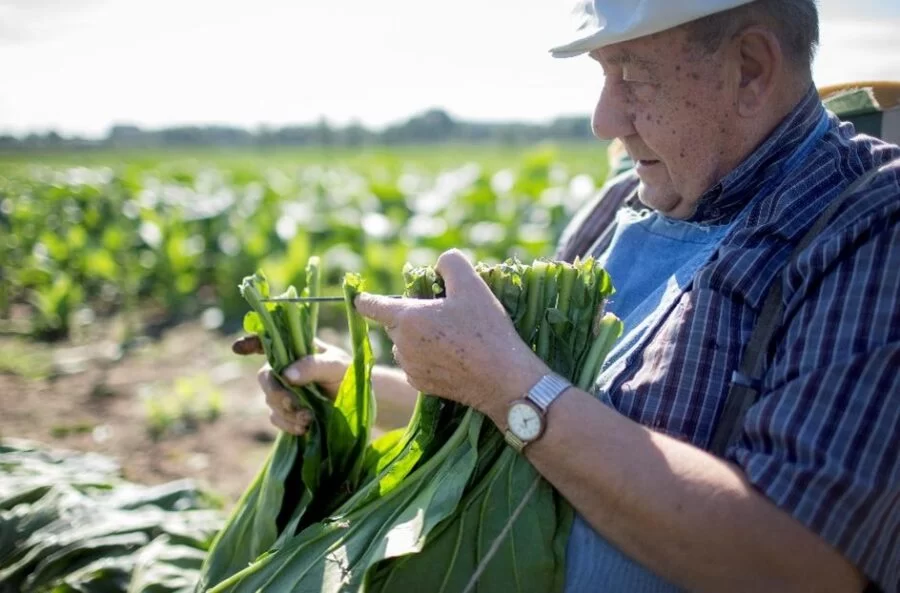
Almost four centuries of tradition
Archives show that tobacco was already being grown in Wervik around 1650. When the southern part of Wervik (today Wervicq-Sud) was definitively transferred to France by the Treaty of Utrecht (1713), the border town became known as a paradise for touches of tobacco and an intensive and especially lucrative smuggling trade to France developed. Thanks to its sandy loam soil, the experience of many generations in cultivation techniques and the successive tobacco institutes based in Wervik, the Wervik region became the most important growing region in Belgium in the 20th century.

Pipe and rolling tobacco
‘Wervik tobacco’ is mainly consumed by pipe smokers and self-rollers today.

Soon folklore
Today, more than 98 per cent of Belgian tobacco is grown in the Wervik region. However, cultivation has been in sharp decline in recent years: the disappearance of European agricultural subsidies has made labour-intensive production no longer profitable, leading many growers to give up for good. Tobacco growing is therefore increasingly becoming a folkloric activity that is doomed to disappear.
More info
Those wishing to learn more about Wervik’s rich tobacco tradition can visit the National Tobacco Museum’s documentation centre.
Heritage centre The Briekenmolen
Tobacco history
Koestraat 65, Wervik
Free to visit on Tuesdays, Wednesdays and Thursdays from 2-5pm
Contact:
- T +32 (0)56 95 24 22
- E erfgoed@wervik.be
Tobacco syndicate
Koestraat 65, Wervik
Comprehensive information on tobacco growing in the region
To be visited by appointment
Contact:
- Regine Feryn (secretaris)
- T +32 (0)56 31 18 03
- E info@tabakssyndicaat-wervik.be
Heritage House René Defrancq
Steenakker 31, Wervik
Free admission every fourth Wednesday of the month
2 – 5 pm or by appointment
Contact:
- Stephane Debonne (voorzitter St.O.C. – Stedelijk Oudheidkundige Commissie)
- T +32 (0)56 51 78 97
- E stephane.debonne@telenet.be
